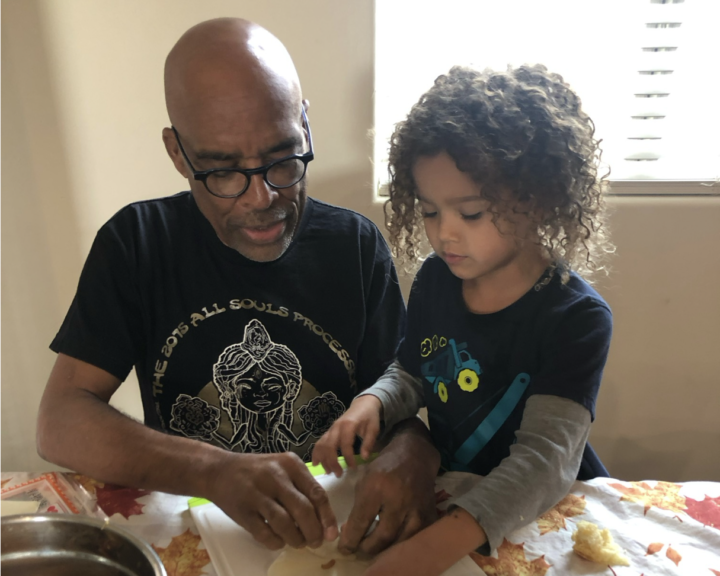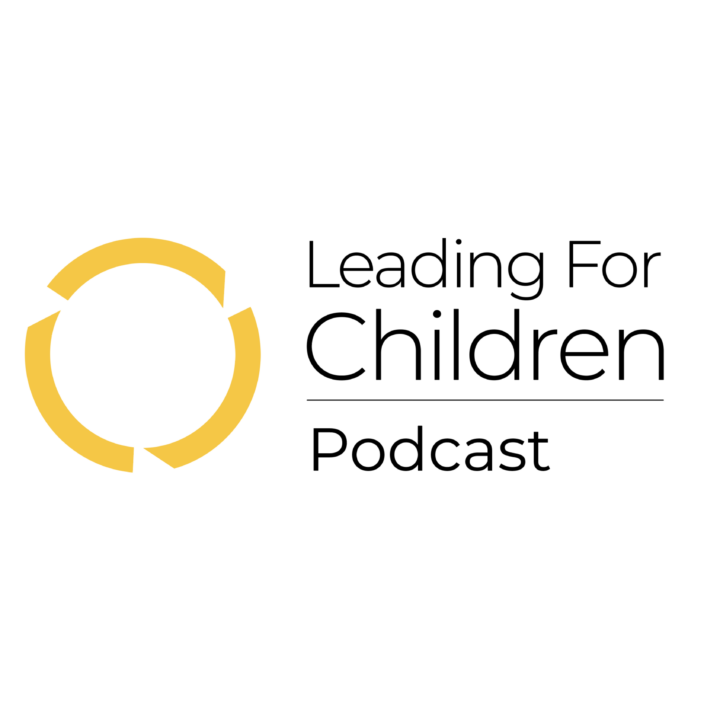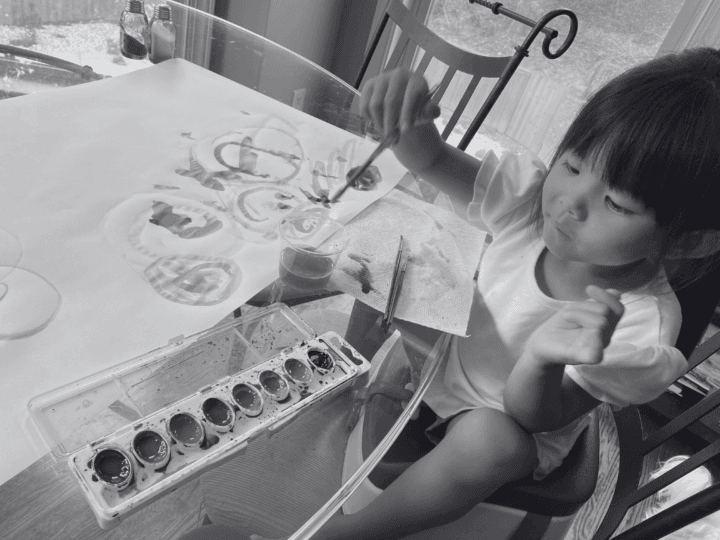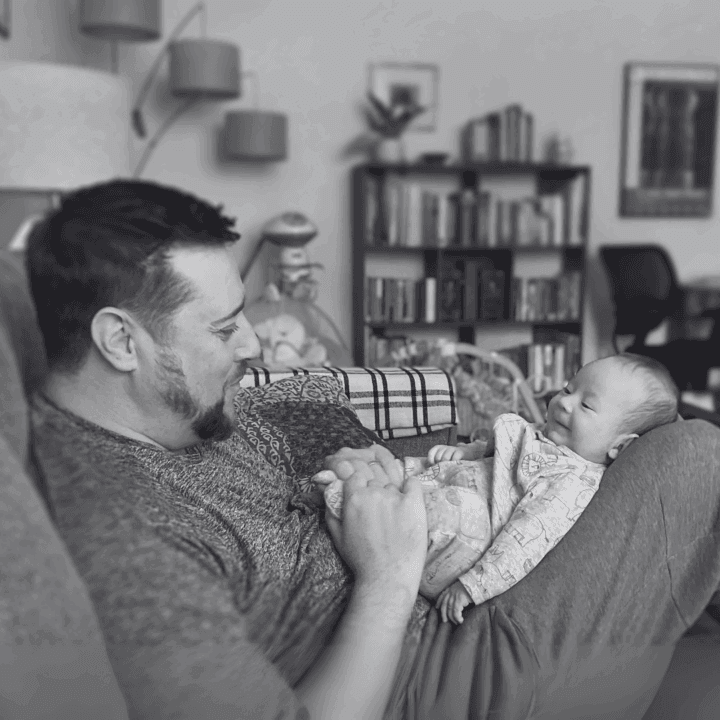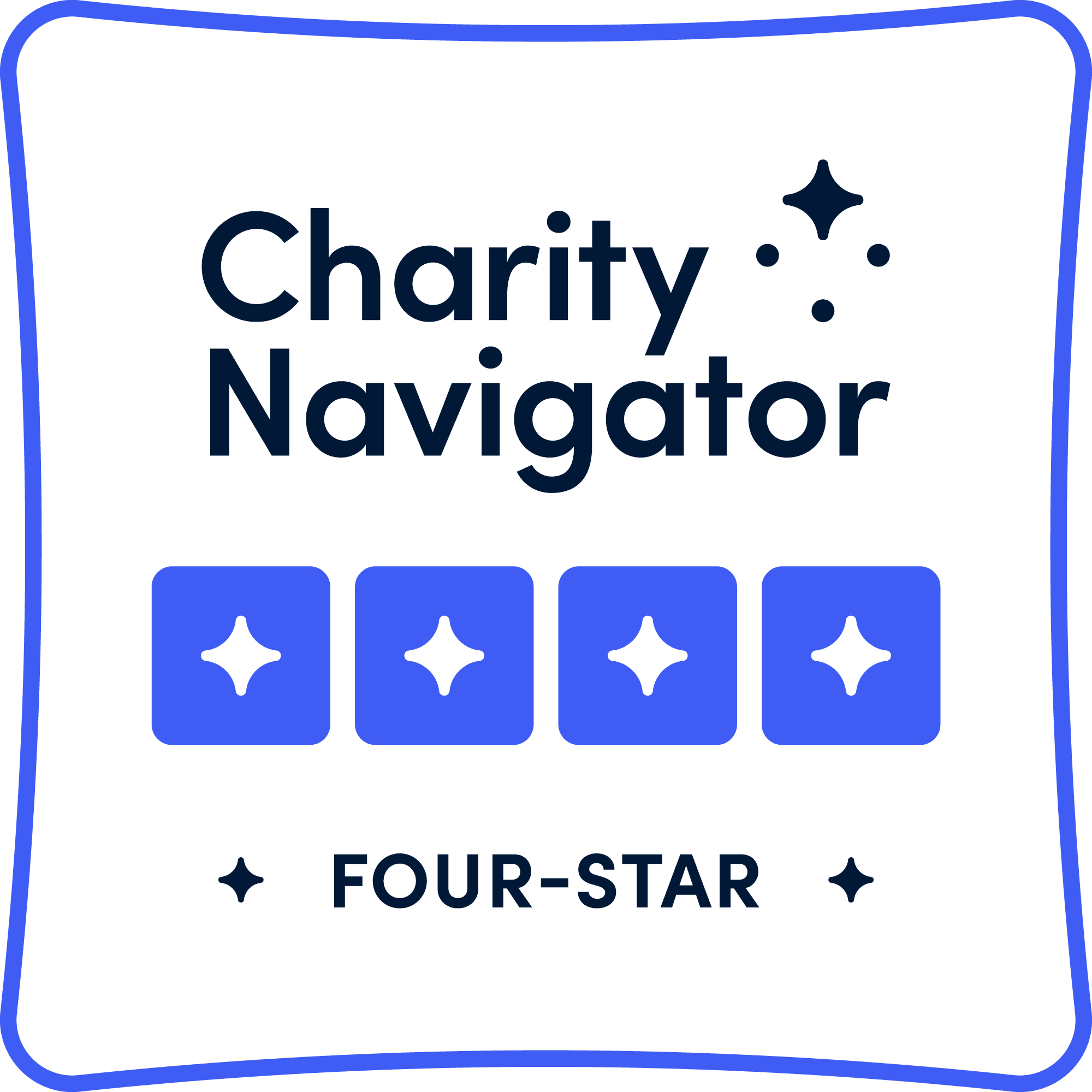This blog was written by Julia Connolly, LFC’s Development and Communications Associate
When you close a child’s bedroom door at night and they’re suddenly enveloped in darkness, fear often sets in. Why? Because in the dark, they can no longer assess what’s around them or what’s coming—and they’re all alone. Fear of the dark—or rather, fear of the unknown, loss of control, and isolation—manifests in all of us.
Fear is a mighty and pushy force, driving our human instinct to seek clarity, certainty, and control. While it’s a talented illusionist, tricking us into feeling safer by heightening our awareness, it squelches our agency and undermines our power as visionaries for change.
In January at LFC, we explored optimism—a superpower attitude that guides us through tough times and ignites powerful change. Our Executive Director Nichole Parks shared this perspective in the newsletter:
“Optimism is rooted in resilience—the belief that light is still ahead, even in the bends of life’s winding tunnel.”
Inside the tunnels of hardship and challenge—when we can’t see the light ahead, our fear kicks in, tempting us to shrink and turn inward. But what if, in those tunnels’ darkest moments, we chose hope instead?
We know two things for certain:
-
-
-
- Optimism empowers us as individuals
- When shared collectively, optimism fuels movements
-
-
By granting us a vision for the path ahead, courage to follow it, and strength to persevere when darkness befalls, optimism becomes our greatest force for good—especially when shared in community.
Optimism v.s. Positivity
Contrary to popular rhetoric, we agree with Simon Sinek’s view when he said,
“There is a difference between being positive and optimistic. Positivity is telling ourselves and others that everything is good, even if it isn’t. Optimism accepts the truth of reality and looks forward to a brighter future.”
A constant push to look at things in a positive light is exhausting. It undermines, instead of honors, our truth. And at the end of the day, our truth is the foundation we stand on—we must build on it, not against it.
Consider a time when you were upset, frustrated, or stuck in a challenge, and someone responded with, “Look on the bright side,” “At least…,” or “Stay positive!” In other words, instead of creating space for authenticity and inviting resilience, they asked you to overlook your truth and, in a sense, “get over it.” Why was this reaction unhelpful?
At our recent National Conversation, we posed this question to the Humanity First community members who attended. They shared that this experience led them to feel:
-
-
-
- Invalidated
- Defeated
- Challenged/questioned
- Diminished/invisible
- Emotionally unsafe
- Even more frustrated
- “Rushed, when I wasn’t ready to see the bright side. I needed to be heard, compassion, and to be seen.”
- “Like they were only interested in the positive parts of me”
- “Shut down and shut out…like a door slamming on me”
- “Like a burden to someone else for having a full human experience”
-
-
As adults, we have lots of experience regulating our emotions; nonetheless, we’re deeply affected by how others frame our challenges.
How must it feel, then, when we ask children to “turn that frown upside-down” when crying or “share with a friend” when they just don’t want to? How might we inadvertently be causing a child to feel minimized, invalidated, misunderstood, or shut down?
Let’s remember, children depend on us—the ecosystem of adults around them—to affirm that their experiences matter and to guide them in processing those experiences in healthy ways. And reactions we’ve learned to regulate throughout our lives are, at their depth, human! Perhaps we’ve learned to shut down too much.
How Can We Call Upon Optimism?
In challenging moments, we have a choice. We can:
-
-
-
- Allow our misery to consume and hinder us—wallowing, resisting progress, and bringing others down with us.
- Nurture and sustain the powerful force that is optimism—drawing strength from it and uniting with others to persevere.
-
-
While the healthy reaction appears obvious, the real-life moments don’t usually feel so cut and dry. Think of a time you were required to make this choice. What words, phrases, strategies, and/or partnerships did you call upon to get through it?
During our National Conversation, community members shared their insights:
-
-
-
- Noticing dysregulation as it arises and pausing to breathe
- Acknowledging painful truths and offering ourselves grace and space as we feel and process them
- Leaning on community support
- “Someone helped me identify my experience and find a path forward.”
- “A warm, validating hand was placed on my shoulder.”
- Seeking tangible resources
- Zooming out to look at the big picture
- Celebrating little victories along the way
- Recognizing that “optimism” is synonymous with “hope,” rather than “positivity”
-
-
Collective optimism fuels us. It generates momentum and allows us to persist with tenacity. Because our vision matters. Living in a healthy world that puts Humanity First, matters—for our children, but let’s not forget that it matters for us too.
Take Action
Humanity begins with you. How you are each day influences a thriving community for children and families.
We invite you to continue asking yourself: How can I model optimism for children, honoring the “hard stuff” while yet, choosing resilience?
Learn more about the Humanity First Model, developed by our founder Judy Jablon, here.

